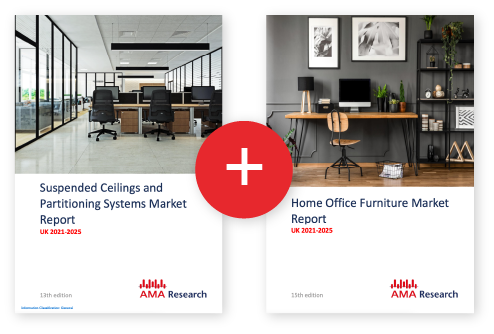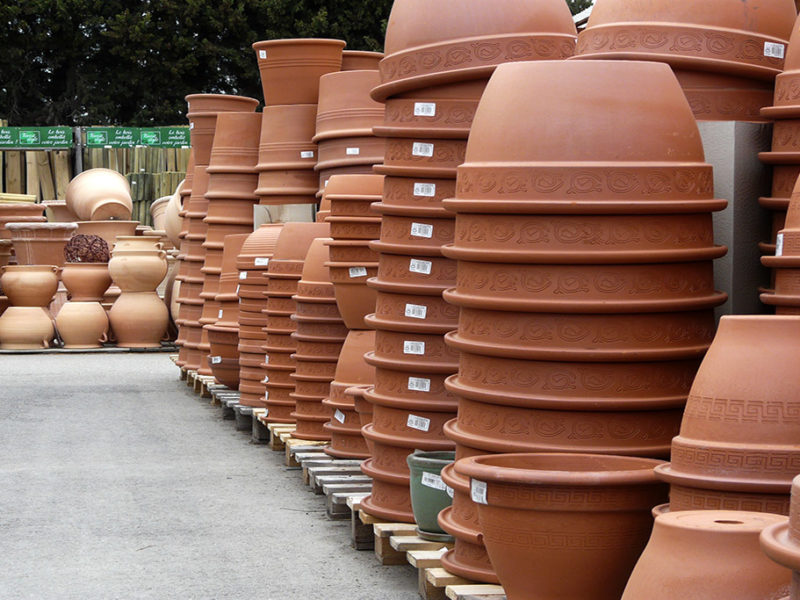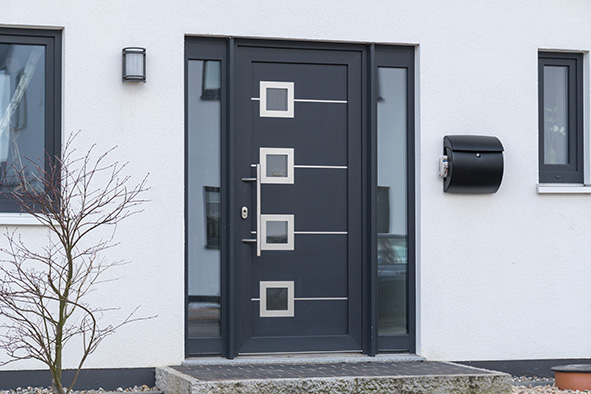Residential Window Coverings Market Report – UK 2023-2027
Available as an Instant Download PDF
15th Edition of the AMA Research Residential Window Coverings UK Market Report, with in depth analysis of interior window coverings for residential buildings – curtains, blinds, interior shutters, and curtain suspension systems. The period from 2018-2027 is covered, focusing on issues including pandemic-induced market changes, the current cost-of-living crisis, and supply chains.
£1,599.00 Exc. VAT
Key Issues Covered in the Report
- Analysis of effects from Brexit, the pandemic and cost-of-living crisis, and how the market is reacting to this uncertainty
- Building Regulation changes including Future Home Standard, and how window coverings contribute to addressing Part O: Overheating
- Energy efficiency through solar shading
- Smart home integration for motorised products
- Post-pandemic online shift
- Key end-use sectors including replacements, newbuild and housemoving
- Key distribution channels, including online, department stores, and home improvement multiples
Market Overview
- Market size by value 2018 to 2023, with forecasts to 2027 and market splits for all products
- Market overview for each product
- Competitive landscape with company profiles for all major players
Product Sectors
- Curtains – readymade, custom made or made to measure curtains, lightweight curtains such as voiles and nets, and curtain fabric.
- Blinds – Venetian, vertical, roller, soft/Roman and pleated.
- Shutters – interior (plantation) shutters.
- Suspension Systems – wooden and metal poles, metal and plastic tracks and accessories.
This report excludes exterior window coverings and shading products, and excludes products used for applications in non-residential buildings.
Market Drivers
Detailed PESTLE analysis including:
- Brexit
- Future Home Standard
- Rising energy and living costs
- UK housing problems
- Health and safety
- Sustainability
End Use Sectors
Summary of sectors driving demand for window coverings:
- Replacements
- House Moving
- Conservatories and Home Improvements
- Newbuild Housing
Supply and Distribution
Review of the key supply channels including profiles of key distributors:
- Independents and specialists
- Department stores, variety stores, discount stores and grocery multiples
- Mail order, Internet and catalogue stores
- Home improvement multiples
- Others including furniture stores
The UK residential window covering market is well-established and demonstrates resilience even during periods of declining consumer confidence. These products hold a dual role in homes, serving both decorative and practical purposes. The surge in online shopping, accelerated by the pandemic, has prompted suppliers to invest in enhancements that will gain significance as this societal shift endures.
Curtains, despite a gradual decline in market share, remain the dominant product sector in terms of value. Blinds emerged as the least affected by the pandemic, likely due to their easy installation, aligning with the pandemic-driven DIY trend. Plantation shutters, sought-after high-value items, are gaining market share. The integration of smart home technology is emerging as a noteworthy trend, with motorised and automated systems growing in popularity.
Among the key players, Hunter Douglas stands as the largest company in the UK market. Noteworthy suppliers include Sanderson, Cleland McIver, Mzuri Group, and Louvolite. Notably, China accounts for roughly half of all imports within this market, reflecting a substantial reliance on overseas manufacturing.
1. Introduction
1.1 Context
1.2 Sources of Information
1.3 Definitions
1.4 Abbreviations
2. MARKET SUMMARY
2.1 Market size
2.2 Market Overview
2.3 International Trade
3. Market Influences and Drivers
3.1 PESTLE Overview
3.2 Political Influences and Drivers
3.3 Economic Influences and Drivers
3.4 Social Influences and Drivers
3.5 Technological Influences and Drivers
3.6 Legal Influences and Drivers
3.7 Environmental Influences and Drivers
4. End Use Sectors
4.1 Sources of Demand for Window Coverings
5. Market Sector Analysis
5.1 Major Product Sectors
5.2 Curtains
5.3 Blinds
5.4 Shutters
5.5 Suspension Systems
6. Distribution
6.1 Definition
6.2 Distribution Channel Shares
6.3 Internet, Mail Order and Catalogue Stores
6.4 Variety stores, discount stores, grocery multiples and Department stores
6.5 Home Improvement Multiples
6.6 Furniture and furnishing multiples
7. Forecasts
7.1 Residential Newbuild and RMI
7.2 Overall Window Coverings Market
7.3 Window coverings market by sector
7.4 Market Prospects
8 Innovation and Sustainability
8.1 Innovation
8.2 Sustainability

Paired Report Discount
Save £250 for every two reports you buy
Discount applied in basket
Frequently bought together

Trusted by industry leaders
For more detailed requests speak to our research experts directly
Research you can depend on
Our reports go deeper to give you the insights needed to make your next strategic move.
- Detailed assessment of the market – analysis of the market structure and recent developments within the market.
- Market prospects up to 4 years – market value, opportunities, impact of Covid-19, Brexit etc.
- Detailed information – market size, influences, market factors and key players.
- Analysis by product group – market size, product mix, sector trends etc.










